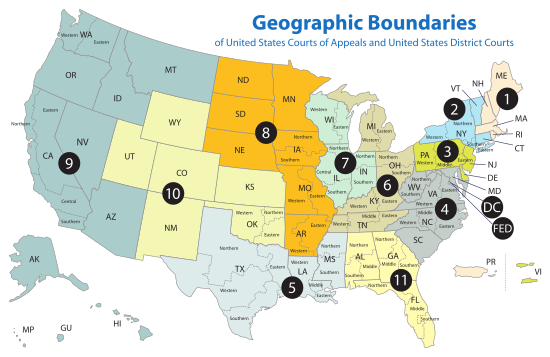Charles Evans Hughes nomination
Chief Justice William Howard Taft retired on February 3, 1930, and the same day Hoover nominated former Associate Justice Charles Evans Hughes to fill the vacancy. Hughes was confirmed by the United States Senate on February 13, 1930 by a vote of 52–26. [1] [2]
Hughes had served as Governor of New York, law professor at Cornell, and an associate justice of the Supreme Court. He ran for President in 1916 and was Secretary of State from 1921 to 1925.
Hughes' nomination was opposed by progressives and Southern Democrats, and also due to his age. At 67, Hughes was the oldest man ever nominated as Chief Justice. He survived the contentious confirmation process, accepted by a vote of 52 to 26.
For all of its eleven years, the Hughes Court had to wrestle with the economic problems of the Great Depression. Hughes was prolific, producing 283 opinions during his tenure. He was considered a judicial activist with regard to civil liberties. On economic issues he generally supported limits on the regulatory powers of the federal government and states (judicial activism) until 1937, and accepted federal legislation (judicial restraint) from then on. [3]
Benjamin Cardozo nomination
In 1932, Justice Oliver Wendell Holmes retired from the Court. Hoover was immediately pressured on a number of fronts to appoint highly esteemed New York judge Benjamin N. Cardozo to the vacancy. Support came from the entire faculty of the University of Chicago Law School, as well as the deans of the law schools at Harvard, Yale, and Columbia. Justice Harlan F. Stone also strongly urged Hoover to name Cardozo, even offering to resign to make room for him if Hoover had his heart set on someone else. [note 1] [6] Hoover, however, originally demurred: there were already two justices from New York, and a Jew on the court; in addition, Justice James Clark McReynolds was a notorious anti-Semite. When the chairman of the Senate Foreign Relations Committee, William E. Borah of Idaho, added his strong support for Cardozo, however, Hoover finally bowed to the pressure, and nominated Cardozo on February 15, 1932. [1]
The New York Times said of Cardozo’s appointment that "seldom, if ever, in the history of the Court has an appointment been so universally commended." [7] Democrat Cardozo’s appointment by a Republican president has been referred to as one of the few Supreme Court appointments in history not motivated by partisanship or politics, but strictly based on the nominee’s contribution to law. [8] However, Hoover was running for re-election, eventually against Franklin D. Roosevelt, so a larger political calculation may have been operating.
Cardozo was confirmed by a unanimous voice vote in the Senate on February 24, 1932. [1] [9] On a radio broadcast on March 1, 1932, the day of Cardozo’s confirmation, Clarence C. Dill, Democratic Senator for Washington, called Hoover’s appointment of Cardozo "the finest act of his career as President". [10]
This page is based on this
Wikipedia article Text is available under the
CC BY-SA 4.0 license; additional terms may apply.
Images, videos and audio are available under their respective licenses.



